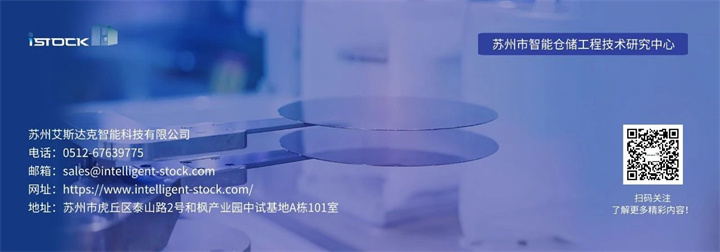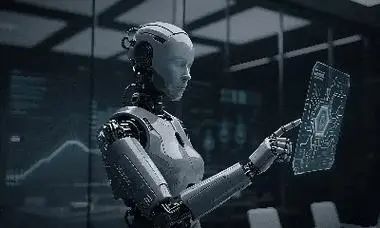
As ChatGPT amazes the world with its smooth responses, a deeper transformation is brewing in the laboratory - AI is breaking free from the constraints of the digital world and acquiring physical bodies through embodied AI, ushering in a new era of human-machine symbiosis. This revolution will not only reshape the technology industry landscape, but also fundamentally change the way humans interact with machines.
The evolutionary transition from virtual to real
Traditional AI is like a brain trapped in a digital cage, even with powerful cognitive abilities, it still cannot touch the physical world. Embodied intelligence constructs environmental cognition through a multimodal perception system (including 3D vision, tactile feedback, force sensing, etc.), and then drives mechanical actuators through a brain like decision-making system, achieving a complete closed-loop of "perception thinking action". This breakthrough enables AI to operate autonomously in an open environment for the first time, interacting with the world through its body like humans. NVIDIA recently announced the arrival of the "era of universal robots", which is a breakthrough based on embodied intelligence technology. Its robot development platform is accelerating this process.
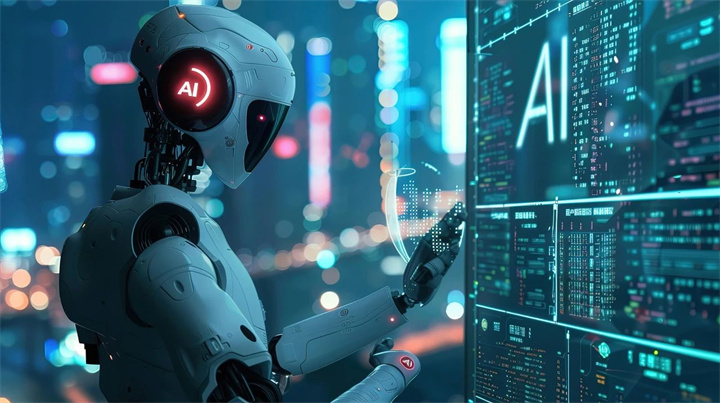
The Trio of Technological Breakthroughs
Embodied intelligence refers to the intelligent behavior generated by the interaction between the body and the environment of an intelligent agent, emphasizing the interdependence of the agent's cognition and action in the physical environment. Literal translation means "embodied artificial intelligence", which integrates artificial intelligence into physical entities such as robots and new energy vehicles, endowing the "brain" with a "body"
Biomimetic Perception System: The sensitivity of the new generation tactile sensor has reached 0.1 Newton level, comparable to human fingertip tactile sensation
Neuromorphic computing: using brain like chips to achieve low-power real-time decision-making
Flexible driving technology: New artificial muscle materials make robot movements closer to biological motion characteristics
In the medical field, surgical robots are capable of completing blood vessel suturing with a precision of 0.1 millimeters; In industrial settings, collaborative robots with self-learning capabilities can adjust production line processes in real-time; Even more exciting is that the latest home service robots are capable of completing complex household tasks from tidying up rooms to cooking dinner. Behind these breakthroughs lies the collaborative evolution of materials science, control theory, and computational architecture. It is worth noting that NVIDIA's Isaac robot platform is significantly lowering the development threshold for embodied intelligence systems by providing a powerful simulation training environment.
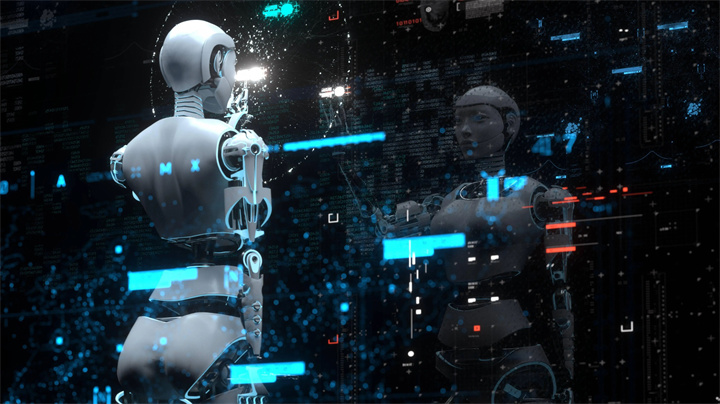
The critical point of industrial transformation
According to ABI Research, the global embodied intelligence market is expected to exceed $120 billion by 2028. This revolution is giving birth to three new species:
Professional service type: such as surgical robots, disaster rescue robots
Consumer grade products: Home care, educational companion robots
Industrial Collaborative: Flexible Production Line Adaptive Robot
It is worth noting that the development of embodied intelligence is blurring the boundaries between physics and numbers. Through the cloud based digital twin system, robots can accumulate tens of thousands of hours of experience in the virtual world before transferring their skills to the real body. This' virtual real symbiosis' model greatly accelerates the evolution of abilities.

Challenges and opportunities coexist
When AI gains physical action capabilities, new challenges arise. The reliability of motion control, the safety of human-computer interaction, and the transparency of autonomous decision-making urgently need to be addressed. More profoundly, embodied intelligence is redefining the essence of 'intelligence' - when machines can interact with the world through their bodies like living organisms, our understanding of consciousness and existence may undergo a paradigm shift.
Standing at the turning point of the technological revolution, embodied intelligence brings not only tool upgrades, but also the reconstruction of human-machine relationships. The next decade may witness the evolution of intelligent machines from special tools to universal partners, and the impact of this "physical revolution" may far exceed the total changes brought by the Internet and smart phones.
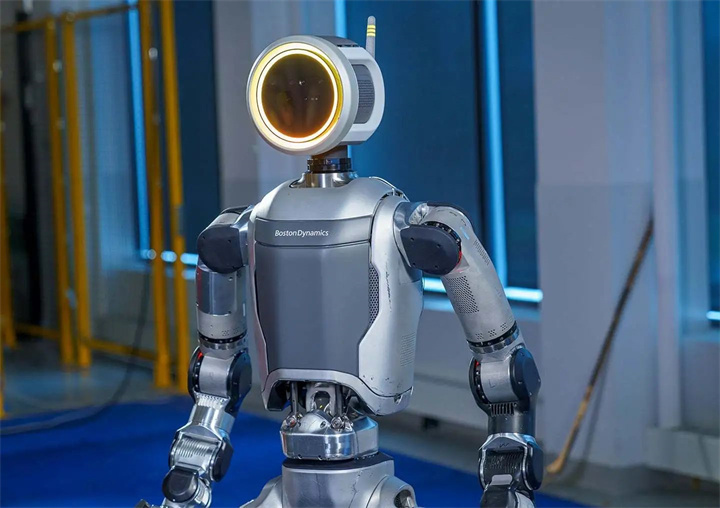
summarize
Embodied intelligence is leading AI to a revolutionary leap from virtual cognition to physical interaction. Through technological breakthroughs such as biomimetic perception, brain like decision-making, and flexible driving, machines are able to obtain a "body" for the first time and autonomously adapt to the real world. From precision surgery to home services, from industrial manufacturing to disaster relief, this technology is reshaping industrial forms and human-machine collaboration models. With companies such as NVIDIA accelerating the arrival of the "era of universal robots", embodied intelligence will not only stimulate a market worth billions, but also redefine the essence of intelligence. This' physical revolution 'not only brings technological upgrades, but also a fundamental reconstruction of the relationship between humans and AI. Its profound impact may surpass previous technological changes and usher in a new era of human-machine symbiosis. Faced with the dual challenges of ethics and technology, we are witnessing the dawn of a new era of civilization.
